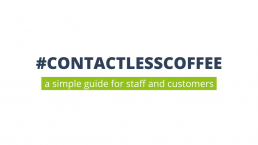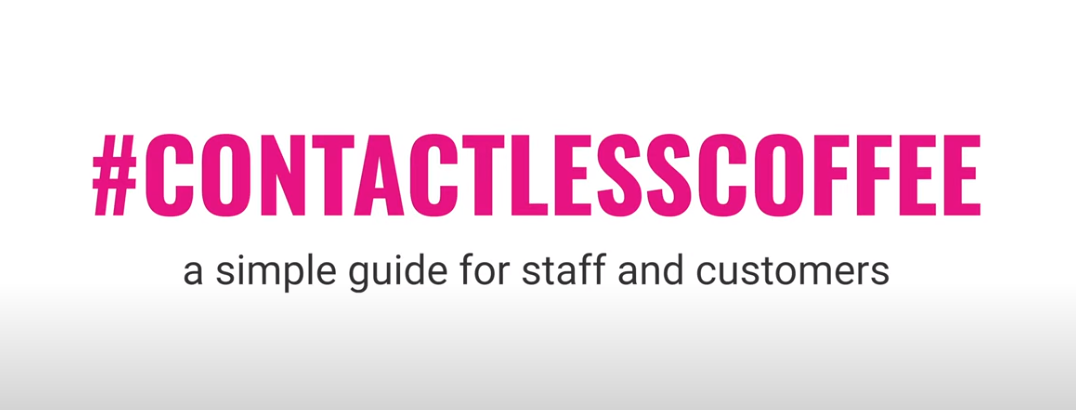Packaging has a vital part to play in the safe delivery of food to consumers. Food safety certification can guarantee safe production methods and minimise risk throughout the production chain.
With people choosing to eat at home more often, it is important that groceries and takeaway food can be delivered to consumers safely. Packaging has a vital part to play in this process. Food safety certification is one way to guarantee safe production methods and minimise risk throughout the production chain.
The COVID-19 pandemic has contributed to shifts in eating habits, as restaurants and cafés were forced to close, and more people have been staying in and working from home. “The whole delivery infrastructure for food has changed very rapidly and food and grocery deliveries are on the rise,” says Marjatta Punkka, Product Safety Manager at 4evergreen member Metsä Board. “Food safety is a fundamental issue and of course questions have been raised over the risk of COVID-19 spreading through food products, although there still hasn’t been a proven case of the disease spreading through food or food packaging.”
While the global situation has brought the importance of food safety to the public’s attention, Marjatta Punkka argues that the standards required at production sites for food packaging materials were already sufficiently thorough to provide a guarantee of safety. “Rigorous hygiene and food safety measures were already in place before the pandemic, and preventing spoiling and contamination is a key function of food packaging in any case,” she says, adding that Metsä Board’s packaging materials and mills fulfil strict regulatory requirements. “As a vital part of the food production chain, our production facilities are controlled according to the same standards as food manufacturing plants, and our fresh fibres are a safe choice for food packaging.”
Food safety certification offers reassurance
Players in the food chain often confirm the safety of incoming raw materials, including packaging materials, by auditing suppliers. However, due to COVID-19 travel restrictions, this has not been possible for some time. Marjatta Punkka explains that this hasn’t presented an issue for Metsä Board’s customers: “Because we have received external certification for international food safety requirements, our customers can trust that our products are safe without having to audit our facilities. All Metsä Board mills are certified according to ISO 22000, and our food contact material production plants also conform to the strict Global Food Safety Initiative-recognised FSSC 22000 scheme.” This level of reassurance is extremely important to brand owners: “Everybody knows that brands can be destroyed in a moment thanks to social media and other forms of communication,” she adds. “So, if all the manufacturing processes involved in a customer’s product are certified, their risk is lower as they can demonstrate their commitment to safety, quality and hygiene in all stages of production.”
New packaging materials provide fresh food safety challenges
One of the key challenges faced by the food packaging industry comes in the form of new innovations in packaging materials. “The market is constantly demanding new materials, with many players looking for alternatives to plastics,” says Marjatta Punkka. However, the safety of these materials must be established before they can replace those currently in use. “It takes time to test new materials and make sure that they are safe for humans by finding suitable testing methods,” she adds. This trend suggests that packaging will continue to be a vitally important and closely monitored aspect of safety in the food production chain.
A year of collaboration and growth: discover 4evergreen’s 2023 Annual Report!
We are excited to launch 4evergreen’s 2023 Annual Report, looking back at our growth and achievements from the past year and recognising…






